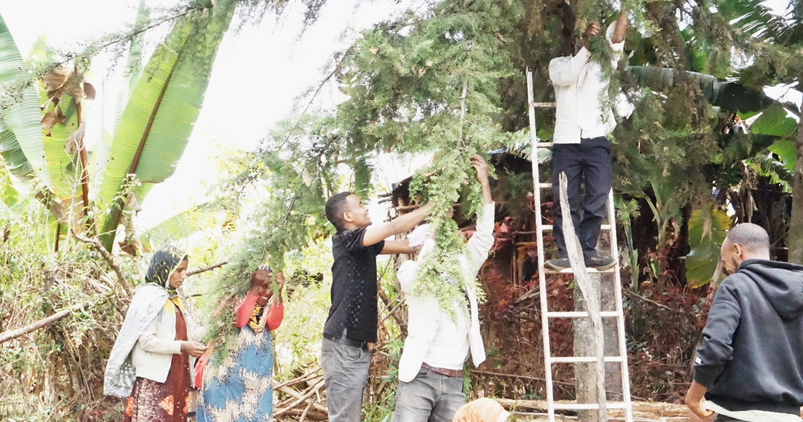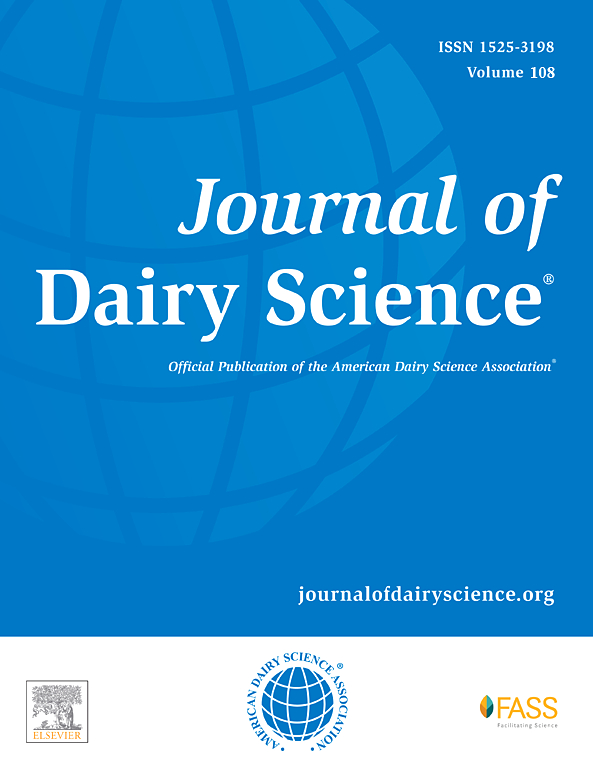In this study, the levels of Al, As, Ca, Co, Cr, Cu, Fe, K, Mg, Mn, Mo, Na, Ni, P, Pb, Sr and Zn were determined in 56 composite samples of food aids using inductively coupled plasma mass spectrometry (ICP-MS). It also looked at the potential of food aids on mineral provision for pregnant and lactating women (PLW). The mean mineral contents in cereals were 46.3–378 mg kg-1 for Ca, 24.6–64.4 mg kg-1 for Fe, 2752–4072 mg kg-1 for K, 774–1510 mg kg-1 for Mg, and 14.1–26.1 mg kg-1 for Zn. Cereals presented low dietary significance for K, Ca and Zn as a daily portion (450 g) could only provide between 5% and 69% of Adequate Intake (AI) or Recommended Dietary Allowance (RDA) for PLW. Conversely, corn soya blend (CSB) and pulses appear to play a key role in mineral intakes. However, the existing daily ration for pulses demonstrated little importance to complement dietary K and Ca deficits. Fortunately, Target Hazard Quotient (THQ) values were low enough to guarantee no potential health risks associated with several toxic elements. Overall, it was observed that the food aids do not provide sufficient amount of selected minerals for PLW.
DOI:
https://doi.org/10.1016/j.jfca.2022.104881
Dimensions Citation Count:
























